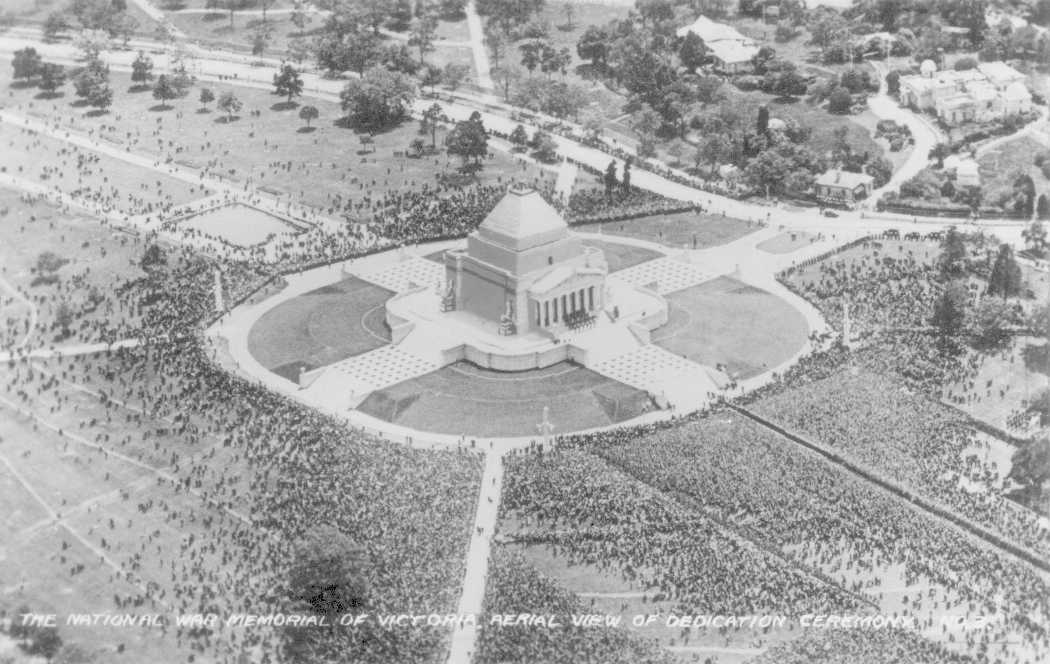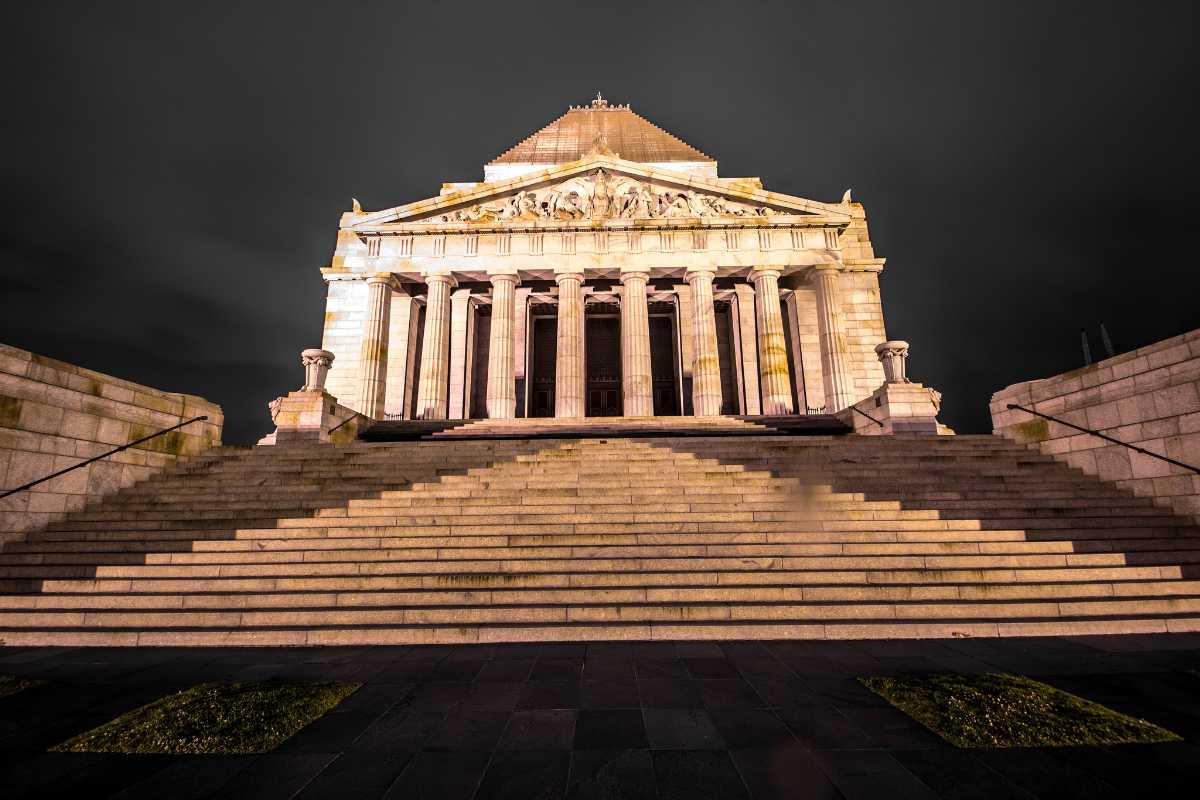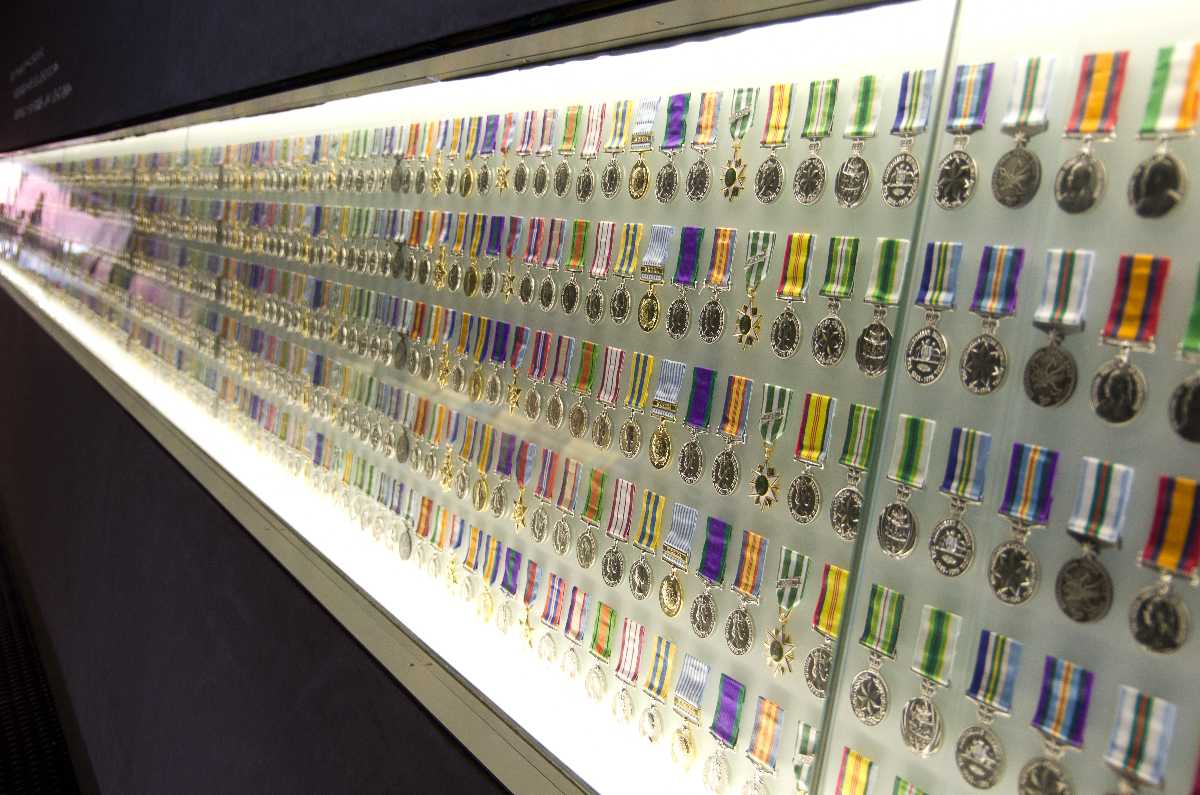Shrine of Remembrance
Tags : Monument
Timings : 10am-5pm
Time Required : 1 - 2 Hours
Entry Fee : No Entry Fee
Shrine of Remembrance, Melbourne Overview
The Shrine of Remembrance is the National War Memorial of Victoria and a landmark of Melbourne. Originally dedicated to the bravery of the servicemen of Victoria in World War I, it is currently a tribute to all the brave Australians who served in the war for the country and is among Australia’s largest war memorials.
Officially inaugurated in 1934, the Shrine of Remembrance draws its impressive architectural style from world-renowned monuments like the Tomb of Mausolus and the Parthenon of Ancient Greece. It was built in a classical style, and the World War II Forecourt was added in memory of the casualties of the war. It is the site of the annual ANZAC Day and Remembrance Day, days which commemorate the sacrifices made by the countrymen for the country.
The deep history of Australia's participation in various wars can be seen at the Galleries of Remembrance, where around 800 historical artefacts and artworks that have been beautifully preserved tell the story of the times gone by. Inside the Shrine, in the centre of the sanctuary, is a stone with "Greater Love Hath No Man" inscribed, called the Stone of Remembrance. During Remembrance Day on 11th November every year, a single ray of light hits the stone through the roof, highlighting the word 'LOVE". The Shrine has also been renovated over the years to accommodate a visitor's centre, the Remembrance Garden, and statues and pillars installed in memory of the brave men around the park area. The upper balcony of the Shrine offers a beautiful view of the surrounding area and the skyline of Melbourne.
Read More on Shrine of Remembrance
Shrine of Remembrance History

The idea of the Shrine of Remembrance came up at the end of World War I in late 1918, when the Victorian Government saw the need to honour the men and women who had selflessly fought for the country. The architects for the same were finalised in 1923, and after much criticism and opposition over designs that were brought to the public, the foundation stone was finally laid in 1927, and formally dedicated on Remembrance Day in 1934. Originally dedicated to the World War I veterans and martyrs, the layout of the Shrine underwent changes after World War II to commemorate the bravery and sacrifice of the Australians after World War I. The reflecting pool to the north of the Shrine was then converted to World War II Forecourt, as well as the addition of the Eternal Flame and the World War II Cenotaph Memorial. In 1985, the Remembrance Garden was added to pay tribute to Australians who had served in wars after World War II.
Shrine of Remembrance Architecture

The Shrine of Remembrance is built in the neo-classical style, drawing inspiration from architectural beauties like the Mausoleum of Halicarnassus and the Parthenon of Athens. The grand square structure is raised by 8 fluted Doric columns, topped off by the a stepped pyramid to complete the iconic look of the Shrine. Around the outer perimeter of the main structure are 16 stone discs representing various contributions of Australia, recognised as battle honours by King George V. Inside the Shrine lies the Stone of Remembrance that lies at the centre of the sanctuary. The passageways display the Books of Remembrance, mentioning each of the servicemen and women from Victoria who died in World War I.
Shrine of Remembrance Visitor Centre

At the Entrance Courtyard of the Shrine of Remembrance lies the Visitor Centre, with the words ‘Lest We Forget’ inscribed on a wall to embody the message of the Shrine. The highlight of the Visitor Centre is the 40-metre long Gallery of Medals, proudly displaying about 4,000 medals as well as the Victoria Cross. Each of the medals is meant to represent 100 Victorians who have participated in war.
Galleries of Remembrance
Shrine of Remembrance Tours
1. Shrine Tour
Timings: 11:00 AM, 12:45 PM,
Duration: 75 Minutes,
Cost:
Adults: AUD 34,
Children: AUD 15,
Walk through this historic site, accompanied by a knowledgeable guide who will take you through the various facets of the Shrine, from its architecture to its history to its significance.
2. Tour and a Tiffin
Timings: 11:00 AM, 12:45 PM,
Duration: 2 hours,
Cost:
Adults: AUD 64,
Children: AUD 45,
Enjoy a hearty meal at the Jardin Tan after you explore the history of the Shrine.
3. Precinct Pass
Cost:
Adults: AUD 55,
Children: AUD 34,
This Pass is designed for those looking to experience the best that the Kings Domain Precinct has to offer. Enjoy an informative Shrine Tour and a Garden Explorer Bus Ride tour through the nearby exquisite Royal Botanic Gardens, ending your memorable journey with a delicious tea at the Terrace Cafe in the gardens
